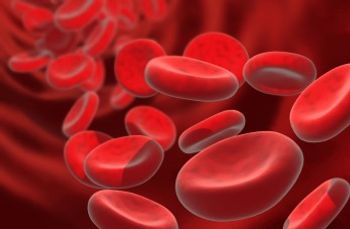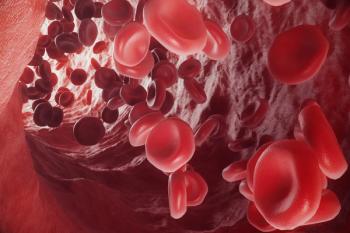
Consider Breast Cancer Histology When Imaging Bone Metastases
The appearance of bone metastases on FDG PET/CT was influenced by breast cancer histology, with non-FDG-avid lesions more common in invasive lobular carcinoma patients.
The appearance of untreated bone metastases on FDG PET/CT was influenced by breast cancer histology, with bone lesions in patients with invasive lobular carcinoma found to be more difficult to detect, according to a study
“Detection of osseous metastases by imaging is particularly important and can be challenging in patients with breast cancer,” wrote study author Brittany Z. Dashevsky, MD, PhD, of the department of radiology at the Weill Cornell Medical College in New York, and colleagues from Memorial Sloan Kettering Cancer Center. “Bone is the most common site of distant metastasis in patients with breast cancer, as well as the first site of metastasis in 50% of patients.”
The study looked at 95 breast cancer patients with bone metastases between 2009 to 2012 who underwent FDG PET/CT prior to treatment-74 patients had invasive ductal carcinoma, 13 had invasive lobular carcinoma, and 8 patients had mixed ductal/lobular histology.
Among the 74 patients with invasive ductal carcinoma, the CT morphologies of bone metastases were lytic (39%; 29 patients), occult (30%; 22 patients), sclerotic (19%; 14 patients), and mixed (12%; 9 patients).
CT morphologies of bone metastases among the 13 patients with invasive lobular carcinoma were sclerotic (54%; 7 patients), mixed (31%; 4 patients), and lytic (15%; 2 patients).
There was lower FDG avidity, as measured by SUVmax, in patients with lobular carcinoma metastases (median 3.4; range 1.6–12.4) than in those with ductal carcinoma metastases (median 6.6; range 2.1–23; P = .008). Compared with ductal carcinoma metastases, lower FDG avidity in lobular carcinoma metastases may be “explained by lower cellular density, proliferation rate, and number of GLUT transporters,” according to the authors.
At least one bone lesion was FDG-avid in the 82 patients with invasive ductal carcinoma and in those with mixed histology.
Among the 13 patients with invasive lobular carcinoma, at least one bone lesion was FDG-avid in those with lytic or mixed bone metastases (100%; 6 of 6 patients). However, among lobular carcinoma patients with sclerotic bone metastases, less than half of the lesions were found to be FDG-avid (43%; 3 of 7 patients).
“Our results demonstrate that the histologic subtype of breast cancer is significantly associated with the appearance of untreated osseous metastases on FDG PET/CT,” concluded the study authors. “Since the histology of breast cancer is usually known at the time of diagnosis, this information should be considered when interpreting osseous lesions on PET/CT. The value of FDG PET may be greater in patients with invasive ductal carcinoma than in those with invasive lobular carcinoma, particularly when evaluating for osseous metastases.”
Newsletter
Stay up to date on recent advances in the multidisciplinary approach to cancer.

















































































